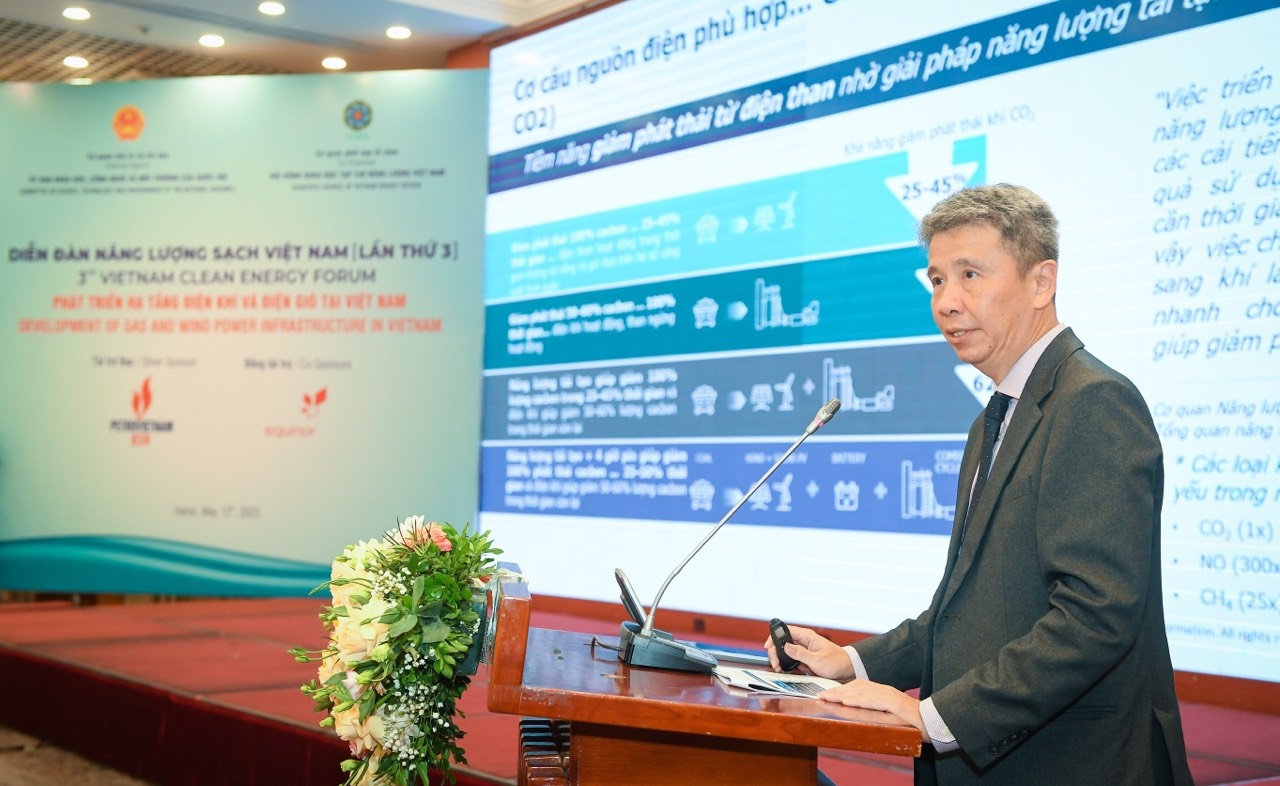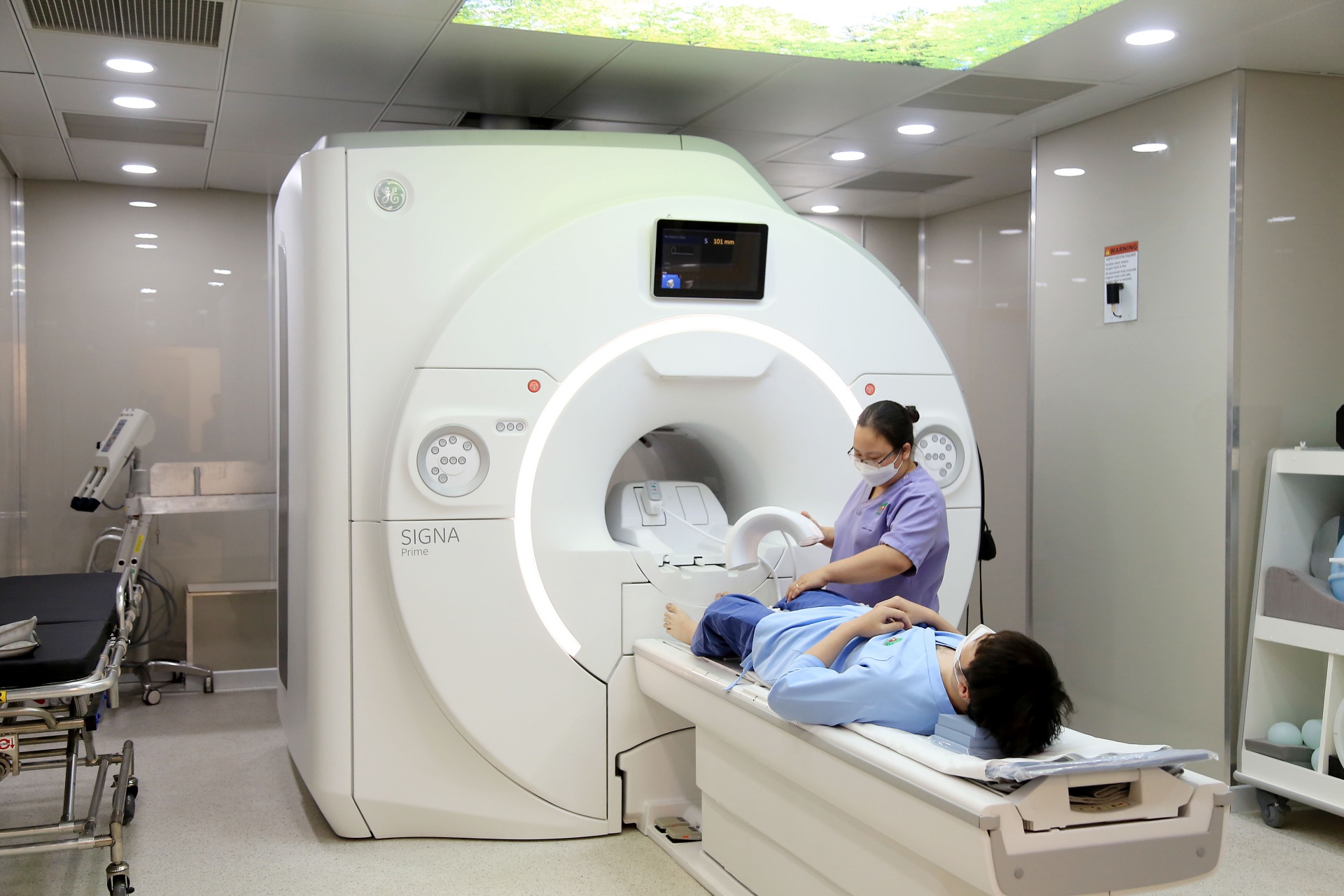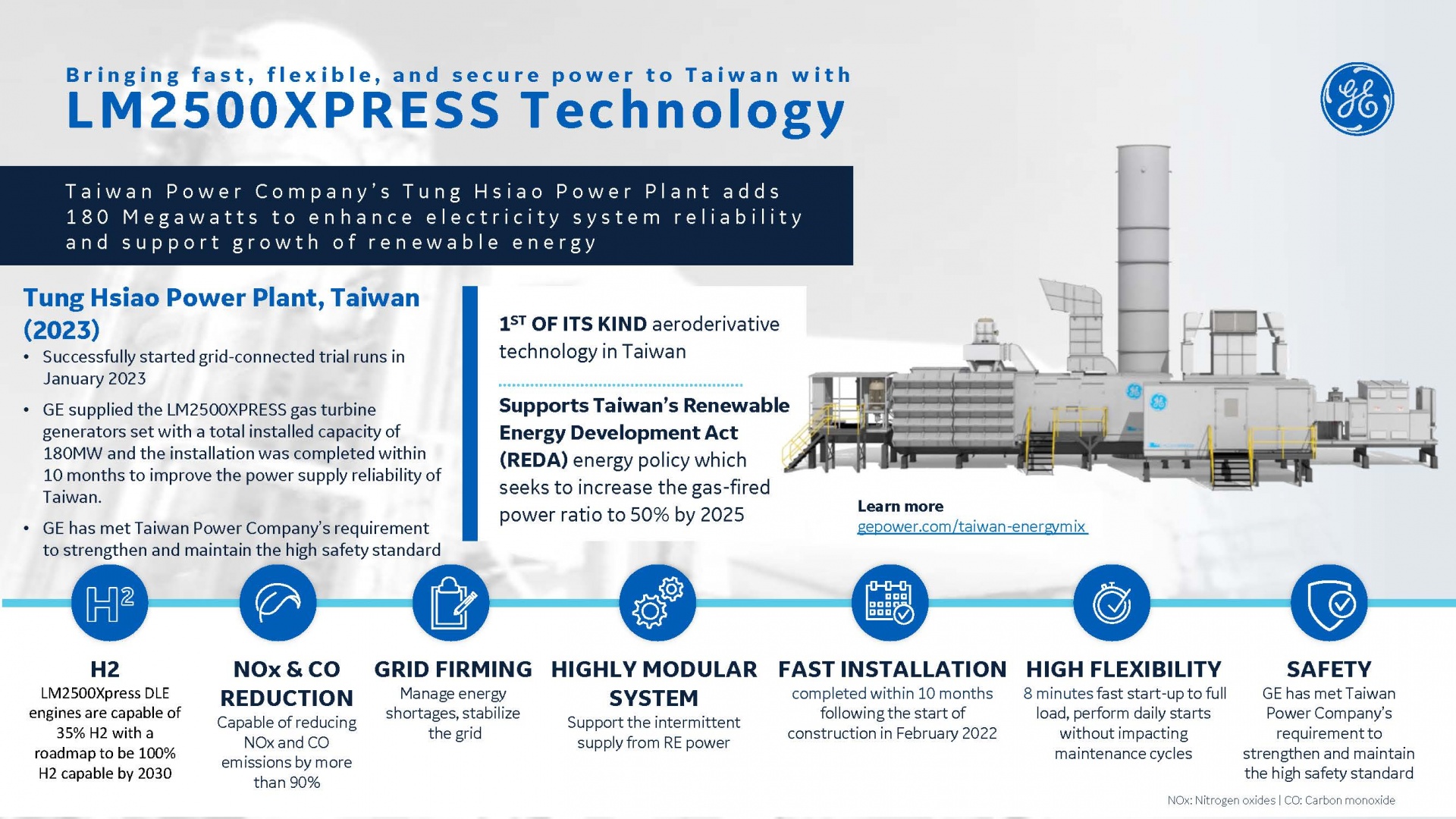Reducing cost of healthcare through innovative technologies and solutions

More advanced medical treatment will require improved facilities and equipment
Non-communicable diseases (NCDs) are becoming increasingly prevalent throughout the world, especially in developing countries. According to the Global Status Report on Non-communicable Diseases 2010 by the World Health Organization (WHO), out of 57 million deaths every year, 36 million, almost two thirds of global deaths, are attributable to chronic NCDs, mainly cardiovascular diseases, cancers, diabetes and chronic respiratory diseases.
Previously, NCDs were considered a plight for high-income countries only. However, they now are a serious issue in low and middle-income countries, both in terms of mortality rates and medical expenditure.
Rise of NCDs and increasing financial burdens in Vietnam
Vietnam is undergoing a rapid transformation in terms of epidemiology, resulting in an increasing number of cases of chronic NCDs. Chronic diseases are a major cause of death in hospitals up and down the country. The mortality rate for non-communicable diseases in Vietnam is four times higher than for infectious diseases, accounting for 67.34 per cent of deaths from illness, according to the Ministry of Health (MoH).
The ministry’s statistics for 2011 show that the morbidity rate for NCDs was 62.72 per cent, 2.4 times higher than infectious diseases at 25.89 per cent.
In a middle-income country like Vietnam, where a large proportion of the population still lives on low incomes, NCDs pose a heavy financial burden on the affected families. Poor households are the most financially disadvantaged when it comes to medical care and treatment.
While countries around the world face increasing morbidity rates for NCDs, citizens can lower the risk of developing the illnesses by maintaining a healthy lifestyle.
Speaking at a recent workshop in Hanoi on the national NCDs prevention and control strategy framework for 2014-2020, Deputy Minister of Health Nguyen Thi Xuyen said Vietnam was implementing a number of prevention programmes.
However, in Vietnam high financial costs are currently deterring people with NCDs from seeking the medical care they need, since medicine and medical equipment are still too expensive for many Vietnamese people.
Rising demand for medical equipment
To meet the Vietnamese people’s demands for medical treatment, in recent years a number of new hospitals, equipped with modern technology and teams of professional doctors and technicians, have been opened in Vietnam’s large cities, including Hanoi, Ho Chi Minh City, Hue, Danang and Can Tho.
According to the Ministry of Health, during 2006-2020 the Vietnamese government is expected to spend $1.8 billion on constructing and equipping 57 new hospitals, district clinics and communal healthcare centers, as well as funding disease prevention campaigns and medical check-ups for the poor. In addition, a number of large investors are building private hospitals in order to meet the rising demand.
Since most medical equipment is imported into Vietnam, this provides a huge opportunity for international manufacturers like GE Healthcare to expand their business operations. According to the Business Monitor, imported medical equipment accounts for more than 90 per cent of the equipment available in the Vietnamese market. In 2013, the value of imports reached $609 million.
“The Vietnamese medical equipment market is expected to be one of the strongest markets in Asia, despite import growth slowing down in the past few years,” the Business Monitor said in a report.
GE Healthcare’s solutions for Vietnam
While there is growing recognition of the problems mentioned earlier, the financial burden is the most pressing, requiring urgent action to help lower the costs of treatment. Innovative technologies and solutions can be an answer, facilitating prevention, timely and accurate diagnoses, and the delivery of appropriate and cost effective interventions and treatment.
From innovative imaging technology and healthcare IT systems to new tools for capacity planning in hospitals, technology has the power to help transform every stage of an NCD patient’s journey and help improve the quality as well as effectiveness of the medical care they receive.
Since beginning its operations in Vietnam in 1994, GE Healthcare has contributed significantly to the prevention and treatment of NCDs through the provision of medical equipment.
For GE, investing in advanced technologies in this field is a priority to help reduce the need for more expensive and invasive procedures later on.
“Today we invest in improving quality, cost and access,” president and CEO of GE Healthcare ASEAN, Dave Utama, said. “We recognise that with populations ageing, the demographics are driving demand up. Obesity rates are escalating, chronic diseases are increasing, and costs are spiraling.”
GE’s products like Vscan, Lullaby Warmer, and Lullaby LED Phototherapy are examples of innovative technologies designed to deliver value for emerging economies and industrialised countries. These technologies help optimise the course of treatment for patients and reduce the time required for diagnoses, in addition to being specially equipped for use in rural areas, where underserved communities have some of the greatest medical needs, according to a recent WHO’s compendium on innovative health technologies for low resource settings.
According to industry insiders, new technologies will play a significant role in the ability to solve current and future healthcare challenges. It is essential that healthcare systems and governments all over the world recognise the total value of technological investments in saving lives and increasing efficiency, as well as securing wider economic prosperity. By investing in technology infrastructure, Vietnam will not only have a healthier workforce, but a healthier economy.
The company, Utama explained, invests in a way that makes sure its innovations are clinically and economically relevant. This is similar to the aviation and energy industries - innovations have to be engineered for quality and cost at the same time.
An example of the clinical and economic relevance of GE Healthcare is its approach to ultrasound technology. The idea is to minimise ultrasound’s platform using software and consumer electronics technology to produce an economically viable innovation like Vscan. Vscan has exceptional clinical applications whilst providing access to ultrasound for health practitioners located in rural settings.
So far, GE Healthcare has supplied exceptional medical equipment and solutions for large national and international hospitals throughout the country, such as 108 Hospital, Friendship Hospital, Viet Duc Hospital, FV Hospital, Viet Sing Clinic and Vimec Hospital, as well as numerous smaller provincial hospitals.
| As the biggest contributor to the state budget, the oil and gas industry plays a strategically important role in Vietnam’s socio-economic development. In our next issue, which will be published on November 24, we will discuss GE Vietnam’s involvement in and contributions to the national oil and gas industry. |
What the stars mean:
★ Poor ★ ★ Promising ★★★ Good ★★★★ Very good ★★★★★ Exceptional
Latest News
More News
- Addressing Vietnam's energy challenges with aeroderivative gas turbines (February 28, 2023 | 09:33)
- How to sprint ahead in 2023’s worldwide energy priorities (February 08, 2023 | 13:55)
- Boosting Vietnam's grid stability through gas turbine technology (November 22, 2022 | 20:02)
- Healthcare trio collaborates to provide thousands of free breast scans (October 27, 2022 | 17:19)
- GE Healthcare's vision for AI-backed radiology (September 29, 2022 | 11:53)
- GE brand trio to shape the future of key industries (July 19, 2022 | 15:35)
- GE unveiling brand names and defining future (July 19, 2022 | 15:16)
- GE: the shortest route towards sustainability (July 18, 2022 | 08:00)
- Be proactive in an uncertain world (May 20, 2022 | 11:40)
- GE secures first 9HA combined cycle power plant order in Vietnam (May 16, 2022 | 17:06)


















 Mobile Version
Mobile Version